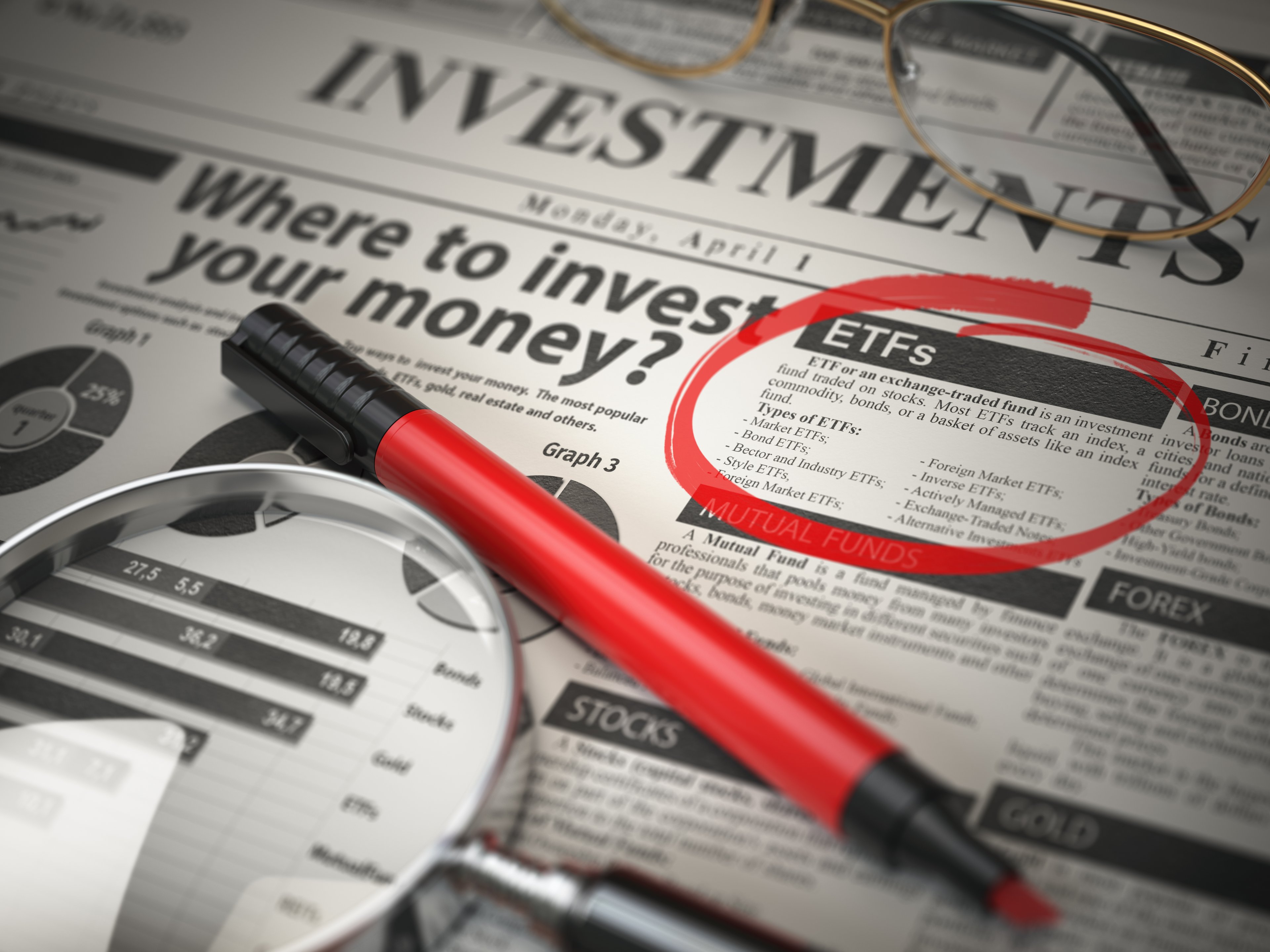Investing money into the stock market every month can be a great and potentially life-changing habit to start. Even modest amounts of money each month can grow to be much more significant, thanks to the effects of compounding and long-term growth. Investing steadily over time can also be a safer and more practical approach than putting in a big lump sum of cash right away that you might need later on.
If you can afford to put aside $350 each month and invest that into the stock market, that could be sufficient for your portfolio to eventually be worth at least $1 million. Here's how that can be possible, without taking on much risk.

Image source: Getty Images.
Invest in a low-cost fund that tracks the S&P 500
There are tons of exchange-traded funds (ETFs) that you can choose to invest in. But the simpler approach can often be the safer one, and it can still yield great long-term returns. The Vanguard S&P 500 ETF (VOO +0.67%) tracks the S&P 500 index, and it charges a low expense ratio of just 0.03%. That means that even on an investment of $100,000, your annual fees with this fund would total just $30.
Without fees adding up, you can enjoy the vast majority of the gains you accumulate from the ETF over time. Historically, tracking the S&P 500, which is an index of the leading companies on the U.S. markets, has been a great move for investors. The index has grown by an average of 10% per year for decades. That doesn't mean that it'll go up every year, but over the long term, you can expect to see your portfolio rise in value. If it rises by an average of 10% per year, that means that roughly every seven years, your investment could double in value.

NYSEMKT: VOO
Key Data Points
How $350 per month can turn into $1 million
The S&P 500 could be due for a bit of a slowdown, given how hot it has been in recent years. But even if you're expecting a slightly lower annual return of 9% moving forward, that can still be sufficient to put you on track to get to $1 million by investing $350 each month into the Vanguard S&P 500 ETF.
The table below shows projected compounded returns by year, at both a 9% annual growth rate and a 10% growth rate.
| Years of Investing | Return at 9% Growth Rate | Return at 10% Growth Rate |
|---|---|---|
| 5 | $26,596 | $27,329 |
| 10 | $68,238 | $72,293 |
| 15 | $133,435 | $146,273 |
| 20 | $235,514 | $267,994 |
| 25 | $395,336 | $468,262 |
| 30 | $645,566 | $797,764 |
| 35 | $1,037,347 | $1,339,897 |
Table and calculations by author.
It'll likely take around 35 years of investing $350 per month before your portfolio will reach $1 million, if it grows by an average of 9% per year. If the average growth rate ends up being higher than that, then you'll get there earlier. Because the market grows unevenly (with some years of 20%-plus growth and some years of negative returns), the actual totals will likely be different than this average calculation. But basing your assumptions on conservative estimates will account for some of these differences and ensure you aren't setting yourself up for possible disappointment later on.
Ultimately, there's no way to know with any certainty what growth rate a long-term investment will end up averaging, especially when you're looking at such a long timeframe. A lot can change. But by staying the course and investing in a low-cost fund that tracks the S&P 500 index, you can ensure that you're keeping your risk low while still putting yourself in a strong position to grow your portfolio over the long term.





